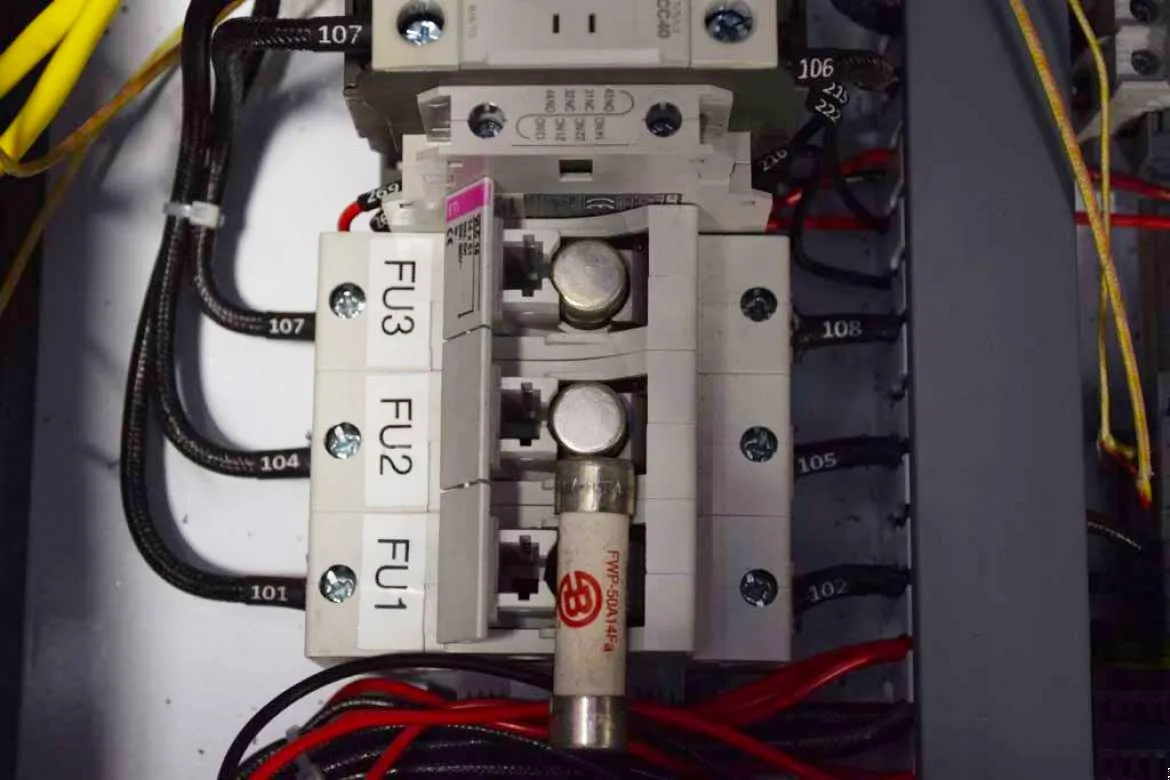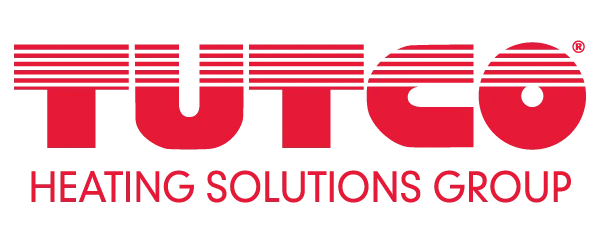Electric Heating Systems; Branch Circuit Protection
When designing an electric heating system for industrial processes, many factors must be addressed. These factors routinely include required power, location, ducting, air source, and controls, but circuit protection is often overlooked. Proper circuit protection is of utmost importance not only for safety but also to avoid costly downtime and repairs to the system. Electrical branch type and size of protection are important considerations when adding circuit protection to a heating system. Depending on the type of controls employed, the speed of operation can also be a factor.
There are two common primary types of overcurrent circuit protection: circuit breakers and fuses. The type of protection required depends on the type of control system used. A simple convection heater system, using only a heater and blower or fan, can be effectively protected with a circuit breaker. However, more complicated systems that add controls tend to need more complex protection.
Proper sizing of the circuit protection is the first step. The current value of the protection should be 125% of the maximum continuous amperage drawn on the circuit. This sizing will eliminate any false tripping or open fuses in the system.
Example: A heater rated for 10kW at 480V 3PH is being installed in a drying system. The heater will be operated at full power with no control over its output. It will be coupled with a 6 HP regenerative blower in the same circuit that is rated for an airflow of 200 CFM at 5.2A maximum load at 480V 3PH 60Hz. What size circuit breaker or fuse would be adequate for branch circuit protection of this system?
First, let’s find the line current on the heater:
Where: A = Line Current, W = Total Heater Wattage, V = Line Volts
Since the blower is rated at 5.2A, the continuous load of this circuit is 17.2A. 125% of 17.2A is 21.5A and so this circuit will require a 25A common trip circuit breaker. If the load is a delta circuit, a three-pole circuit breaker should suffice. However, if the load has a neutral connection, then a four-pole circuit breaker should be employed to ensure a positive disconnect of the neutral wire.
If the above heater system included a temperature controller to regulate the power to the heater, it would be wise to verify the means employed to fire the power circuit. In most modern heater controls, a PID temperature controller receives feedback from a temperature sensor at the exhaust end of the heater. This temperature controller then produces a control output that turns a solid-state device on and off depending on the control state. The solid-state device then delivers power to the heater.
Solid-state devices for heater applications generally are either a silicon-controlled rectifier (SCR) or a solid-state relay (SSR). Both of these devices are effective at handling the power loads required in a heater circuit. Although these devices are ruggedized for industrial applications, they are very sensitive to overcurrent and short circuit conditions. Since they tend to fail closed, it is extremely important to ensure they are protected.
There are several types of overcurrent protection devices on the market targeting semiconductors. When protecting these types of devices, the first step should be to determine the I2T rating requirement of the semiconductor. I2T is the amount of energy required to clear the electrical fault. Generally, a circuit breaker will not react quickly enough to save the semiconductor device and should be avoided. There are two types of semiconductor fuses on the market; gR-type and aR-type. The aR-type fuse is most suitable for this type of application since they are faster acting than the gR-type fuses. The aR-type fuse is often labeled as ultra-fast or ultra-rapid. Each wire in the branch circuit supplying the temperature controller should have an aR-type fuse installed. Calculations for sizing of the protection devices are the same as provided in the previous example.
Although this information has been carefully considered, always consult local and national electric codes when installing new electrical equipment.

